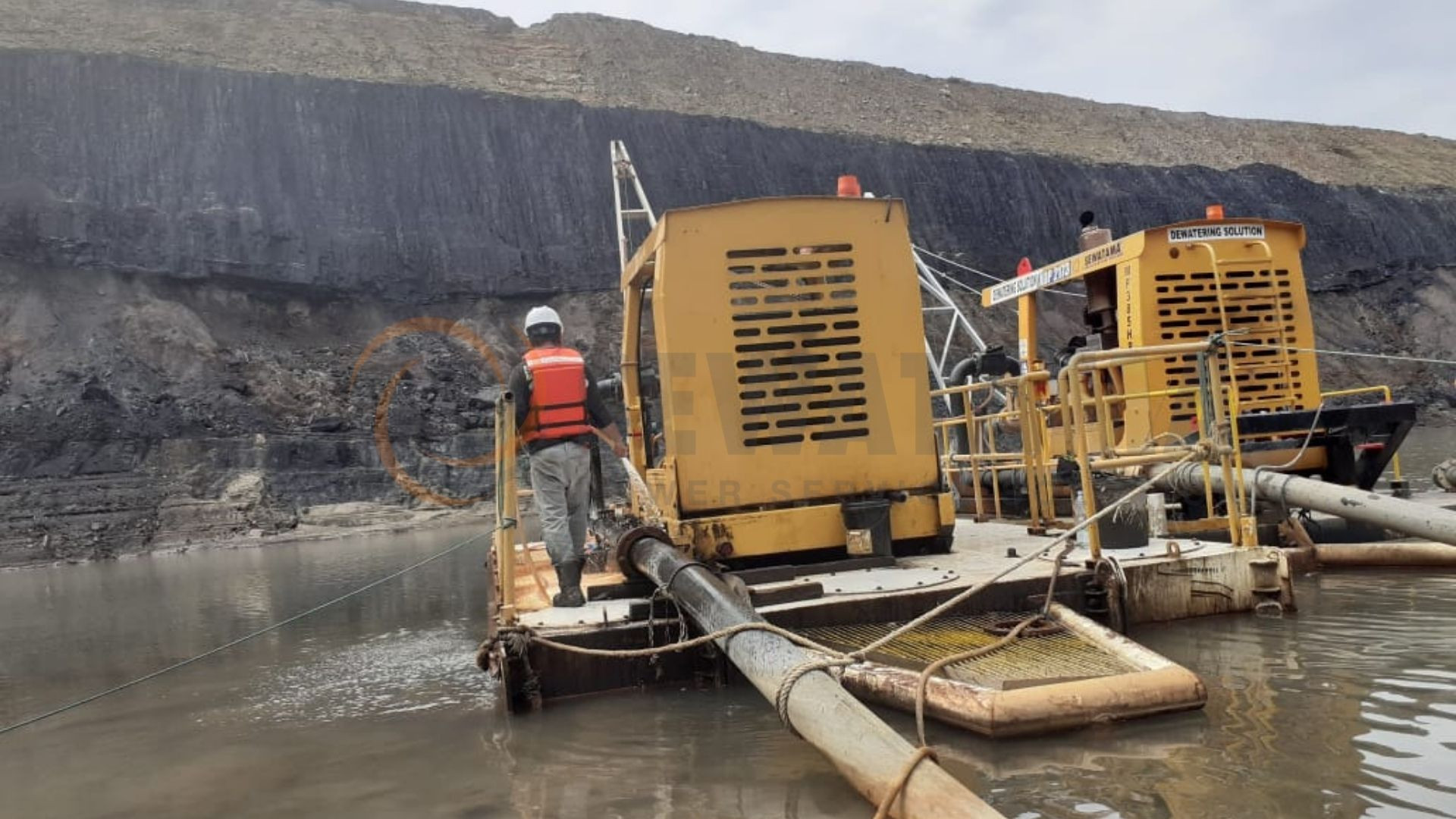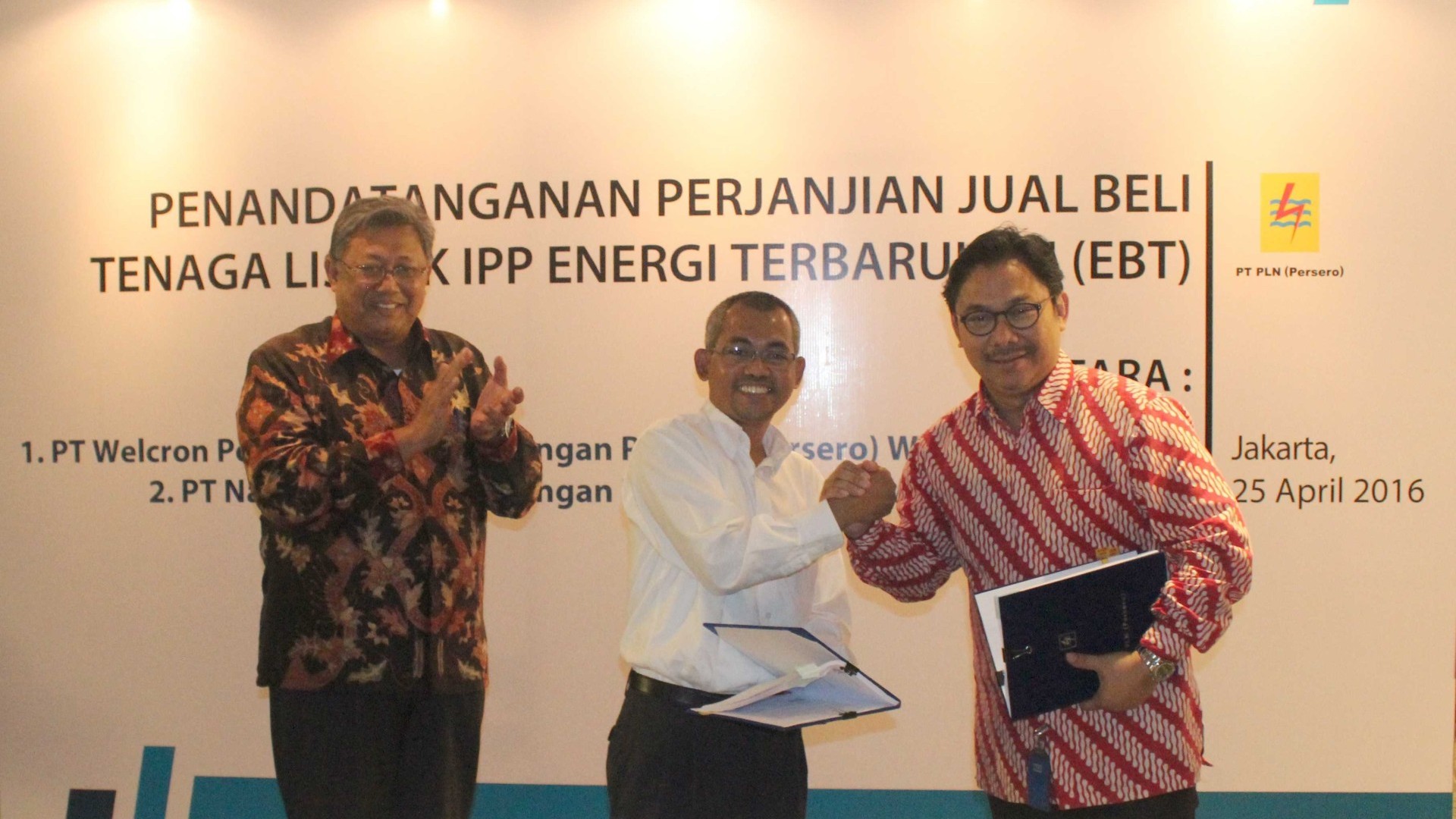
Keeping the Mine on Its Toes
In open-pit coal mining, dewatering pumps are indispensable for maintaining operational efficiency and mine safety. Excess water accumulation, whether from high rainfall or groundwater inflow, can disrupt production, destabilize pit slopes, and pose significant safety risks for personnel and equipment.
An effective mine dewatering system is therefore essential to control, manage, and discharge water from active mining areas to environmentally compliant disposal sites. The mine’s environmental department typically determines the discharge location, while the dewatering contractor is responsible for executing the pumping operation in line with specific flow rate targets and water-level thresholds.
Each mining project has its own operational objective. During the rainy season, routine pumping is conducted to maintain safe water levels in sump ponds. In other cases, dewatering is required to completely drain a pit or pond, allowing the interburden layer to be removed and exposing the underlying coal seams for continued extraction.
Selecting the right pump type is critical to achieving dewatering efficiency. The choice depends on site geometry, water chemistry, head requirements, and the physical properties of the pumped medium. Commonly used systems include submersible pumps, centrifugal end-suction pumps, wellpoint systems, and deep-well configurations. For fluids with a specific gravity (SG) between 1.0 and 1.1, a standard centrifugal end-suction pump is adequate. However, for denser mixtures exceeding SG 1.1, typically classified as slurry, a slurry pump with abrasion-resistant components and higher solids-handling capacity is required.
Improper pump selection can lead to severe consequences: reduced pumping performance, equipment failure, and even environmental non-compliance. To mitigate such risks, critical design parameters, including SG, pH, flow rate, static head, discharge distance, and pipeline diameter, must be assessed during the planning phase.
On-site preparation and commissioning typically take around two weeks, depending on system complexity. A complete setup may include pontoons, diesel fuel tanks, HDPE pipelines, priming tanks, vacuum pumps, and lighting towers to ensure continuous 24-hour operation.
When engineered and executed properly, an optimized dewatering system keeps the mining area dry, stable, and production-ready, safeguarding both operational performance and environmental integrity throughout the year.
Product Application Engineer, PT Sumberdaya Sewatama
Inform Us What You Need
It pleased us to provide you with solution


